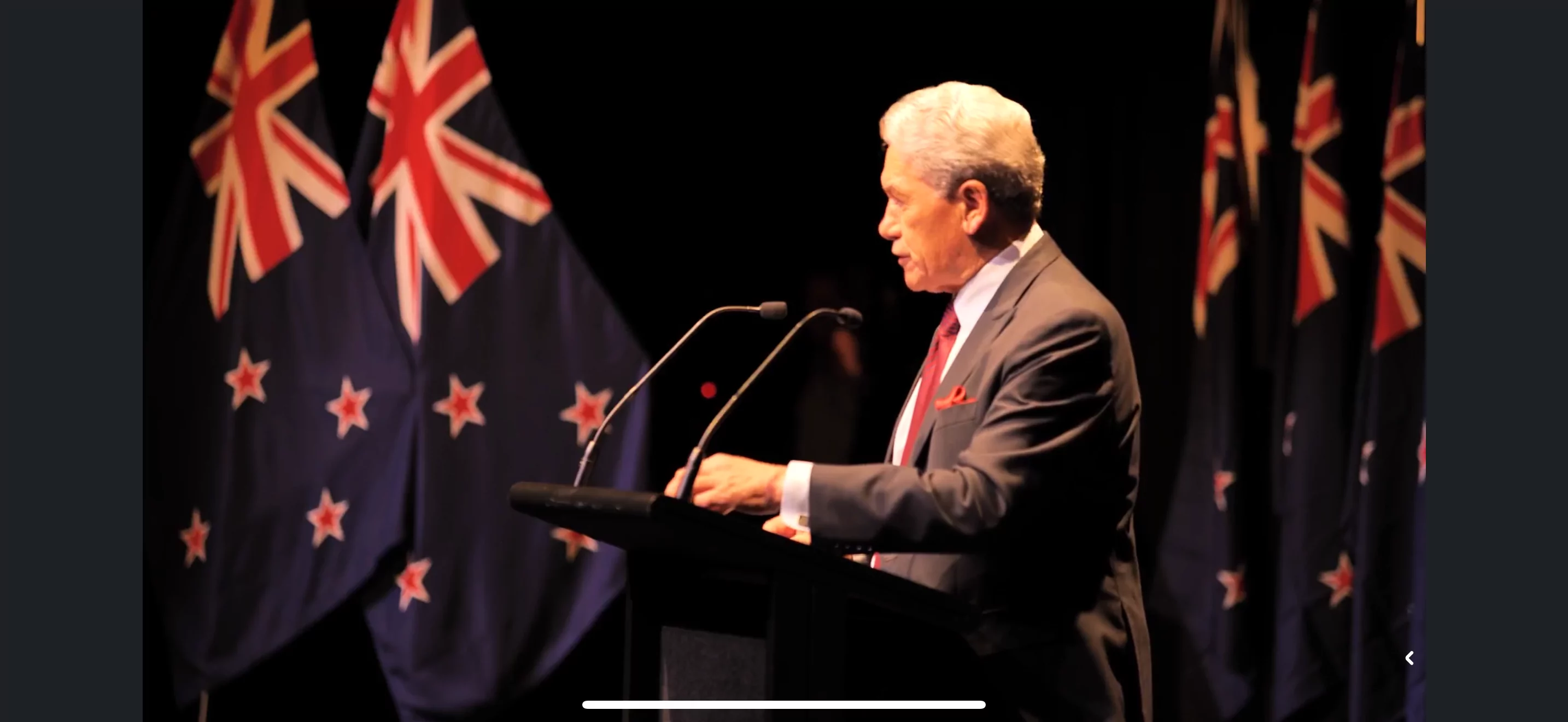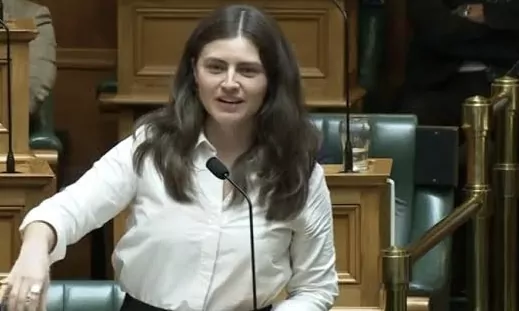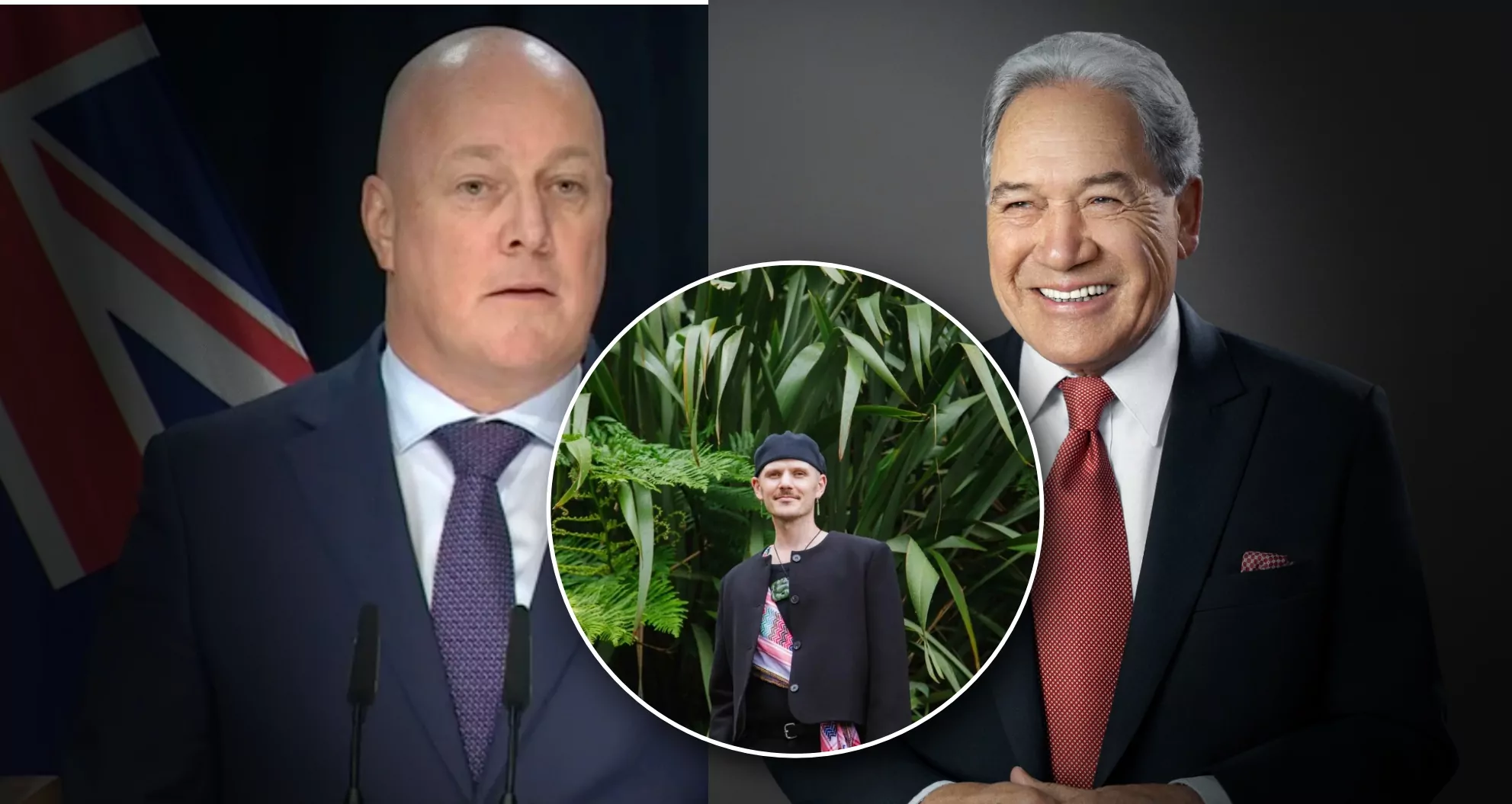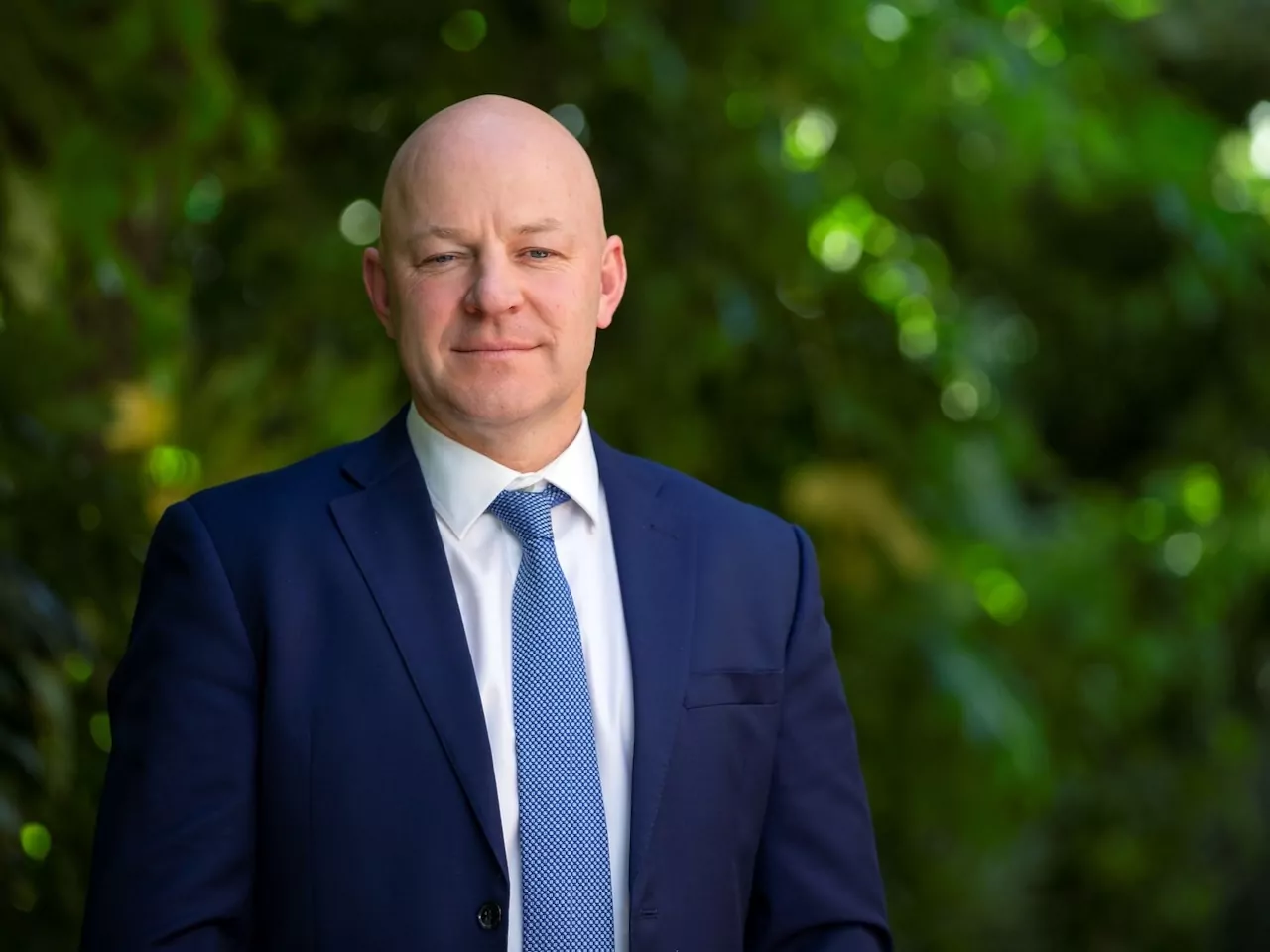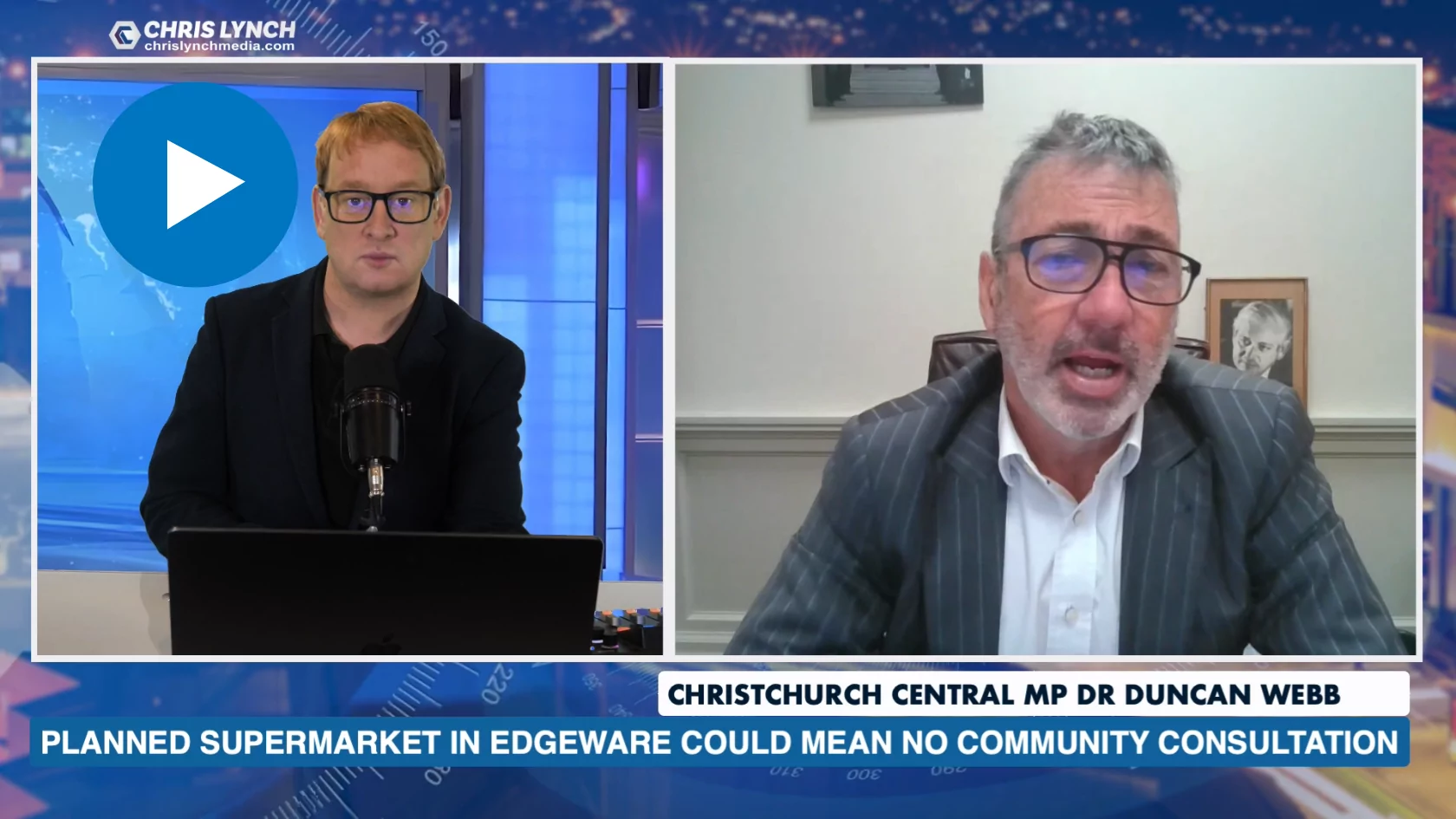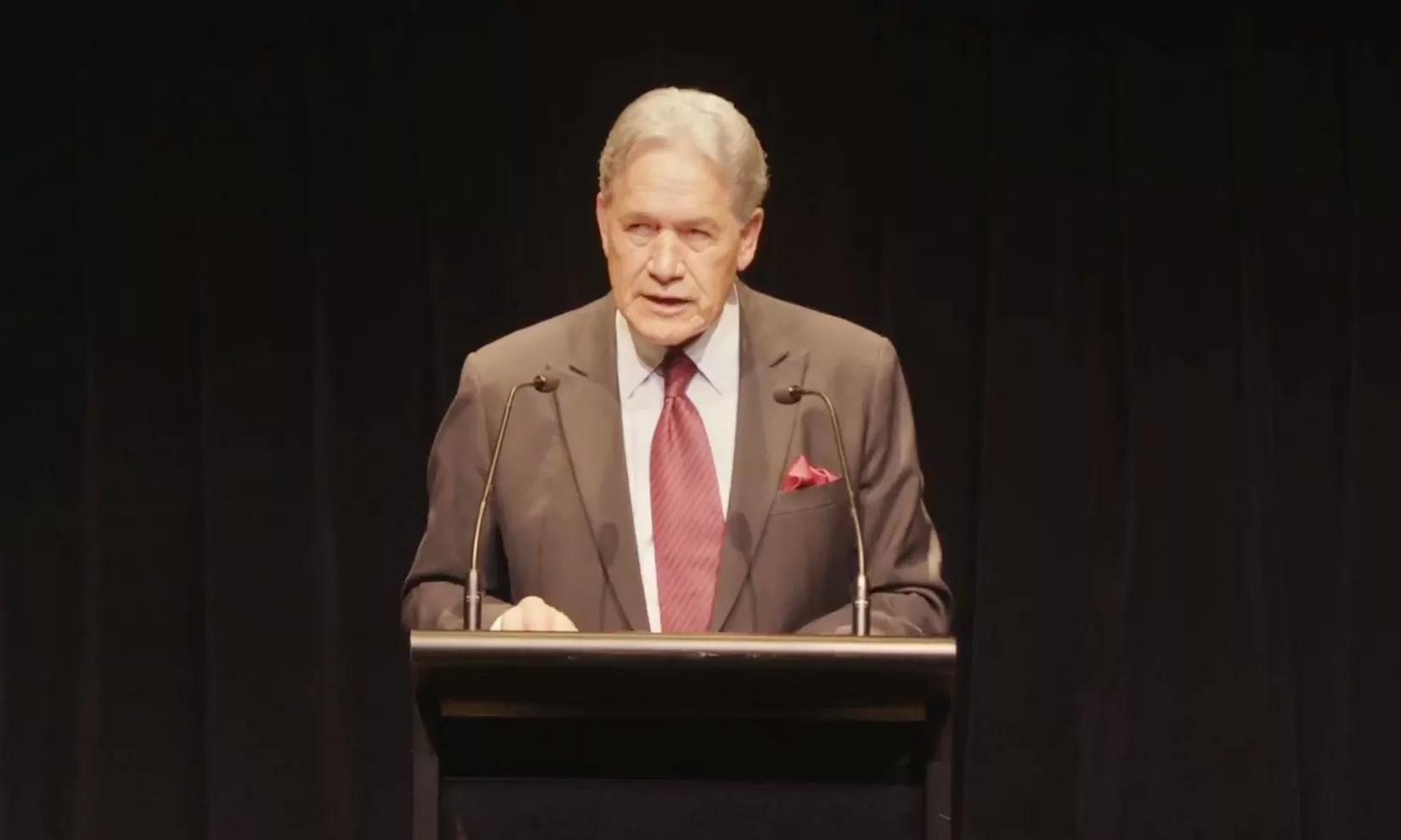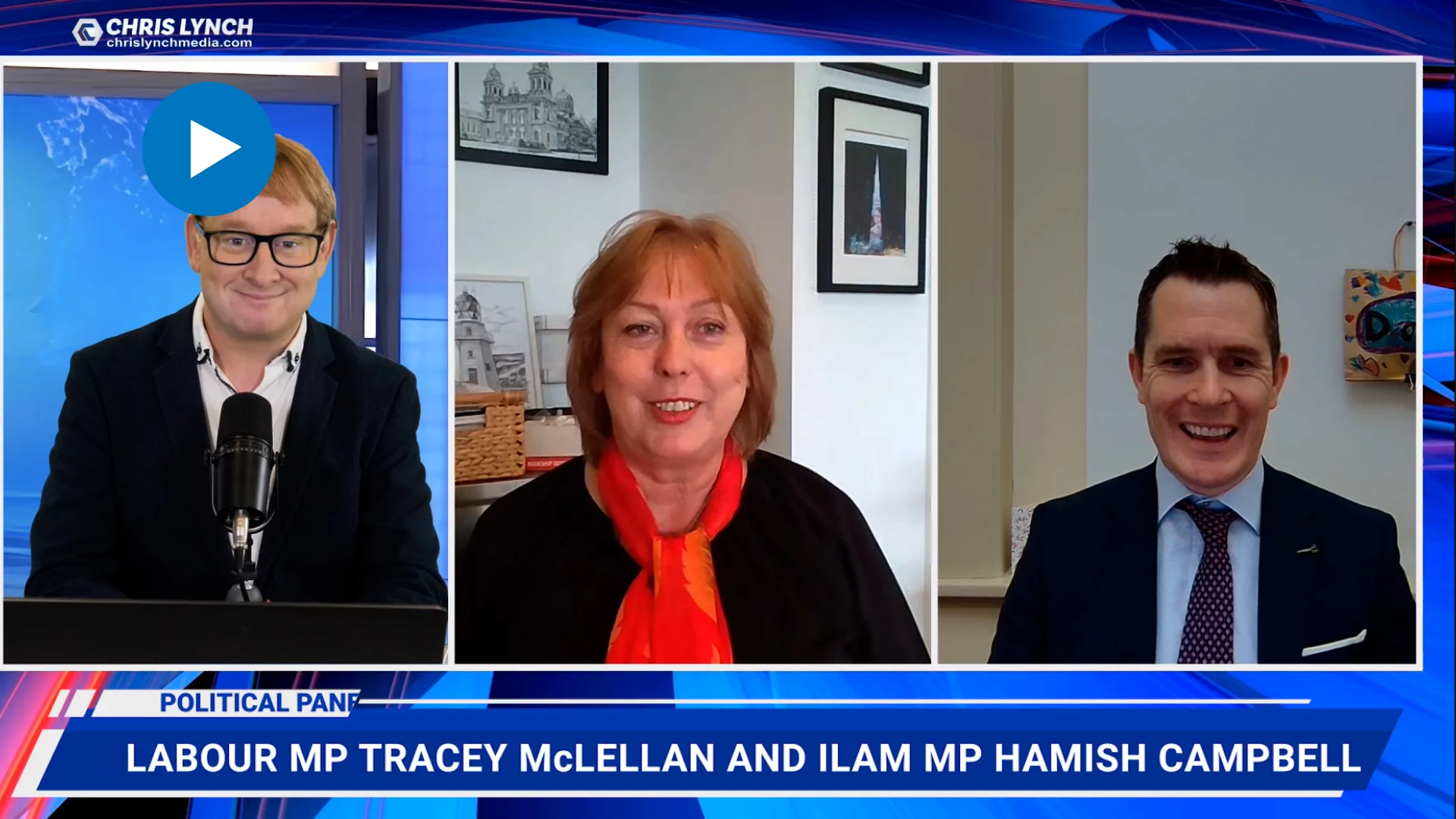Deputy Prime Minister and Rail Minister Winston Peters has confirmed two new Interislander rail ferries will enter service by Christmas 2029.
Cabinet has signed off on the package, which Peters said will deliver the right ships and infrastructure at a significantly lower cost to taxpayers than the previous plan.
“Our solution will be markedly cheaper than the cancelled $3.1 billion programme and the $4 billion figure officials warned the last Government about,” Peters said.
“That’s because we’re focusing on a ‘minimum viable, maximum reuse’ approach to port infrastructure.”
The move marks a clear break from the scrapped iReX programme, which Peters described as a cautionary tale of poor planning and runaway costs.
“KiwiRail said iReX would cost $3.1 billion, while officials warned it could reach $4 billion. Infrastructure costs alone were estimated at $2.6 billion, most of which would have come from taxpayers,” he said.
Under the new plan, the Government will purchase two ferries, each around 200 metres long and 28 metres wide. They’ll carry 1,500 passengers and have 2.4 kilometres of lane space for vehicles and 40 rail wagons.
“These ships are designed with the long term in mind — a 30-year lifespan, space for both road and rail freight, and the ability to move large freight volumes efficiently,” Peters said. “They’re smaller than the ships ordered in 2021, which means fewer infrastructure headaches.”
The ferries will be able to navigate the Tory Channel, travel at 20 knots, and include design features to help reduce carbon emissions.
Peters also confirmed the Government rejected advice from the Ministerial Advisory Group, which recommended buying road-only ferries from a single shipyard.
“We didn’t accept that advice. We believe in competitive tenders and choosing what’s best for New Zealand,” Peters said. “In fact, road-only ferries turned out to be more expensive than road and rail ferries.”
On infrastructure, Peters said the focus is on using what already works.
“The marine infrastructure in Picton needs replacing, so we’ll replace it. Wellington’s still got life in it, so we’ll modify and keep using it,” he said.
He said the new plan avoids unnecessary spending.
“Some might be disappointed we’re not building a Taj Mahal in Picton or a Sydney Opera House in Wellington — but taxpayers won’t be,” Peters said. “Most people wait in their cars before boarding anyway, and for those walking on, the experience is about the ship, not the terminal.”
Existing terminal buildings will stay in place for now, but there’s room for upgrades in the future when the ports are ready to invest.
Ferry Holdings will now shortlist shipyards to bid in a closed tender, with a contract expected later this year. The company will also work with Port Marlborough, CentrePort and KiwiRail to finalise engineering, delivery timelines, and co-funding arrangements.
Peters declined to reveal the budget, saying the Government wouldn’t repeat mistakes made by other agencies.
“We’re not doing what Wellington Water did — announcing our budget before negotiating. That turns a buyers’ market into a sellers’ market,” he said.
The final cost and funding breakdown between the Government and ports will be shared once contracts are signed.
“We’ve said yes to affordability and no to extravagance,” Peters said. “We’re buying ships and sorting infrastructure — now we need a well-run business to deliver a reliable, affordable service for the people of New Zealand.”
